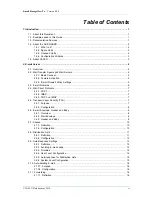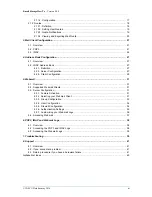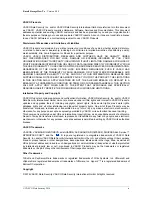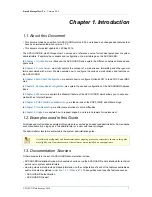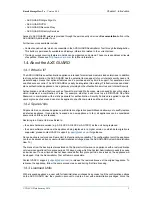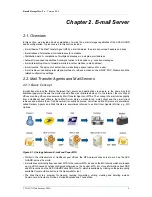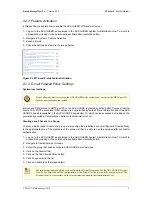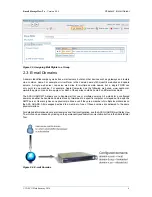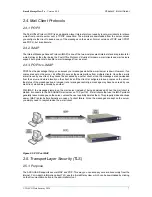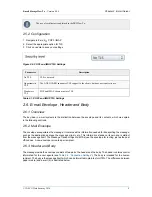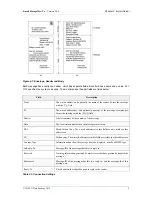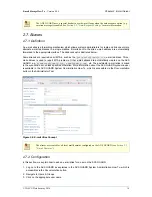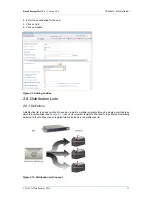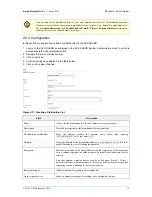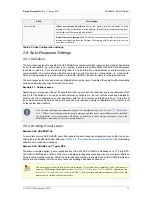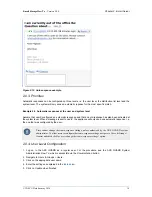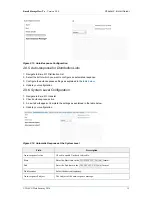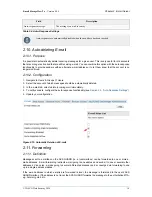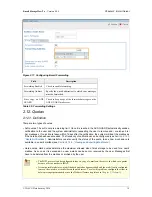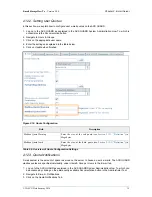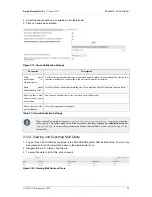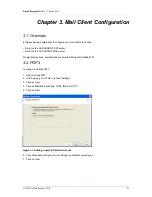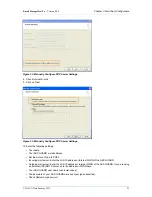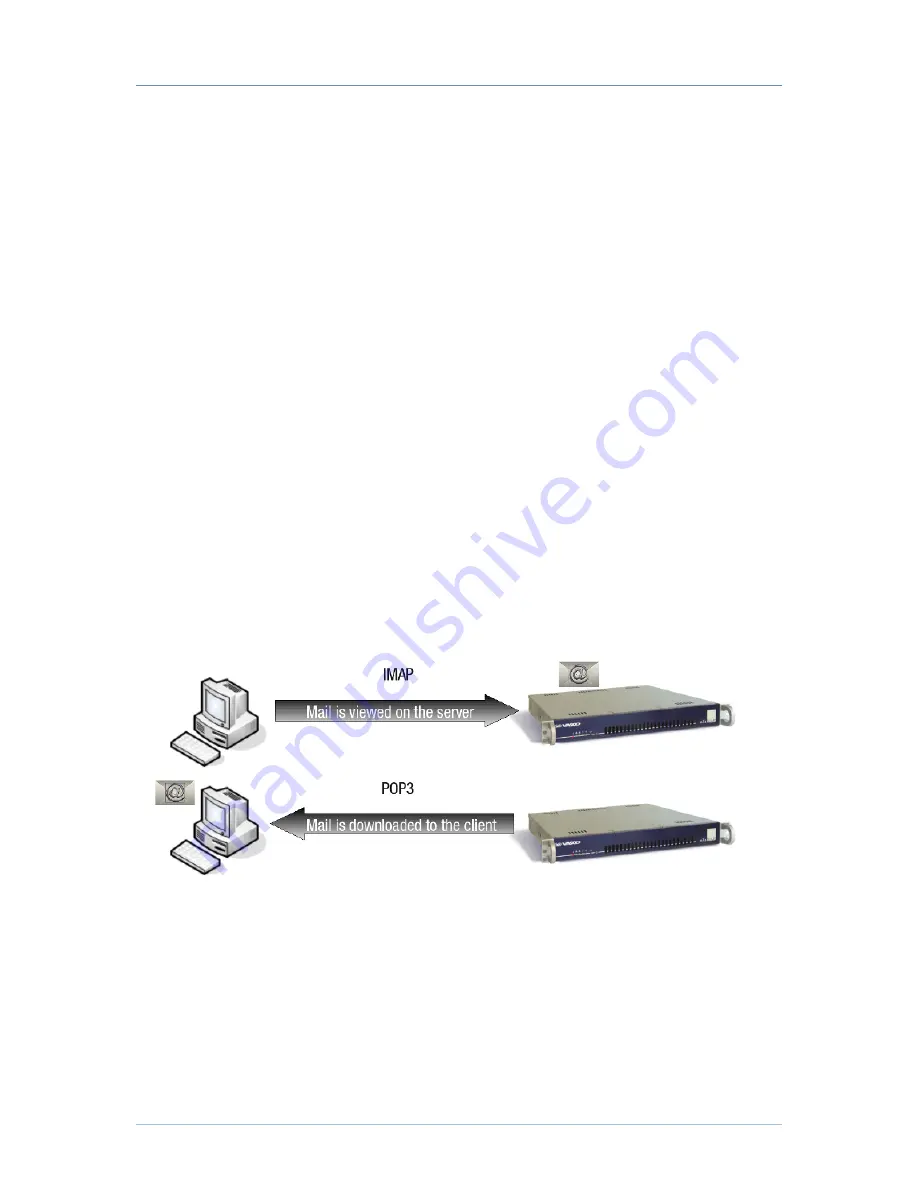
E-mail Storage How To - Version 8.0.0
Chapter 2. E-mail Server
© VASCO Data Security 2014
7
2.4. Mail Client Protocols
2.4.1. POP3
The Post Office Protocol (POP) is an application-layer Internet protocol used by local e-mail clients to retrieve
e-mail from a remote server over a TCP/IP connection. The e-mails are downloaded from the server, unless
you configure the client to keep a copy of the messages on the server. Former versions of POP exist (POP1
and POP2), but are obsolete.
2.4.2. IMAP
The Internet Message Access Protocol (IMAP) is one of the two most prevalent Internet standard protocols for
e-mail retrieval, the other being the Post Office Protocol. Virtually all modern e-mail clients and mail servers
support both protocols to transfer e-mail messages from a server.
2.4.3. POP3 vs. IMAP
POP3 has the advantage that you can access your messages while the e-mail server is down. However, if no
copies are kept on the server, it’s difficult to access the same mailbox from multiple clients. Once the e-mails
are retrieved by one client, they cannot be accessed by another client, since the messages are downloaded
from the server and stored locally on the client. Even if the client is configured to keep copies on the server,
the status of the messages (read / unread) is not managed centrally; a message may have been read by one
mail client, while being unread by another.
With IMAP, the messages remain on the mail server instead of being downloaded. When the mail client is
started, it connects to the AXS GUARD mail server on TCP port 143. E-mail clients that use the IMAP protocol
generally leave messages on the server, unless the user explicitly deletes them. This property makes backups
easier. IMAP is also better alternative in case of a client failure. Since the messages are kept on the server,
you simply need to resynchronize the e-mail client.
Figure 2.5. POP vs. IMAP
2.5. Transport Layer Security (TLS)
2.5.1. Purpose
The AXS GUARD supports secure IMAP and POP. This way you can access your e-mails securely from the
Internet. For in-depth information about TLS, see the E-mail Relay How, which can be downloaded by clicking
on the Documentation button in the administrator tool.


